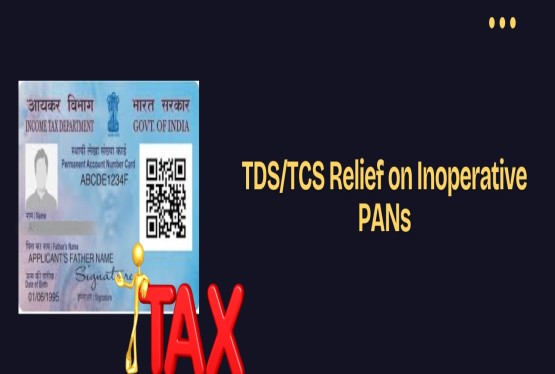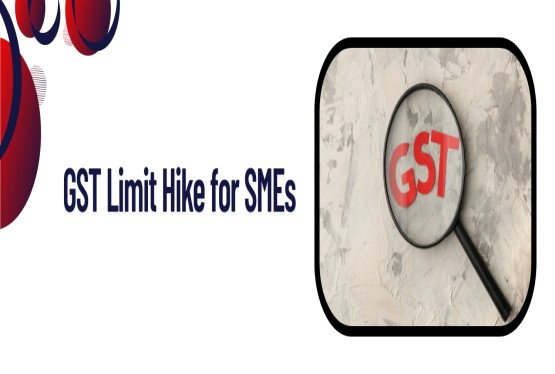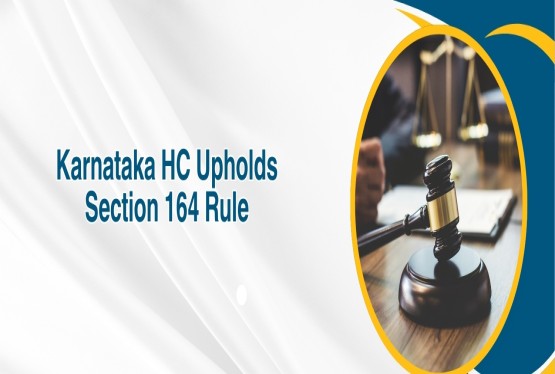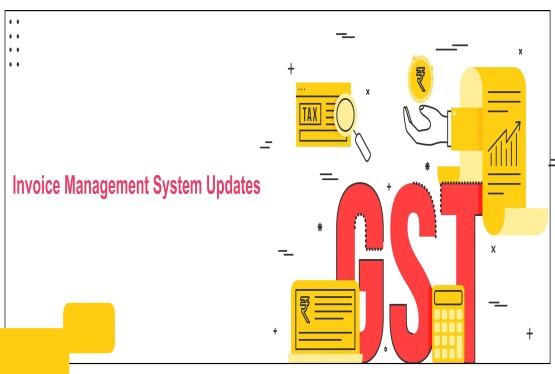The term 'rent' often brings to mind the regular payments made for occupying a property or using an asset. This seemingly simple concept carries significant implications under the Income Tax Act, particularly concerning Tax Deducted at Source (TDS). The Indian tax framework includes specific provisions, namely Sections 194I, 194IB, and 194IC, to govern TDS on various rental payments and payments made under joint development agreements. These sections ensure that tax is collected at the source, streamlining the revenue collection process.
Section 194I: TDS on Rent by Businesses and Audited Individuals/HUFs
Section 194I of the Income Tax Act deals with TDS on rent payments made by most entities, including companies, firms, and audited individuals or Hindu Undivided Families (HUFs). This section aims to bring rental income under the ambit of TDS for a wide range of payers.
Who is Required to Deduct TDS under Section 194I?
Generally, any person, except an individual or a Hindu Undivided Family (HUF), who pays rent to another person is required to deduct TDS under Section 194I. However, individuals and HUFs are also mandated to deduct TDS under this section if they are subject to audit under clauses (a) and (b) of Section 44AB of the Income Tax Act. This covers businesses and professionals exceeding certain turnover or gross receipt thresholds.
Defining 'Rent' for Section 194I
For the purpose of Section 194I, 'rent' is broadly defined as any payment made for the use of various assets. This includes:
-
Building (including factory buildings)
-
Land
-
Plant
-
Machinery
-
Furniture
-
Equipment
-
Fittings
This complete definition ensures that TDS applies to a wide array of rental arrangements, from commercial properties to industrial machinery.
Rate of Tax Deduction under Section 194I
The rate of tax deduction under Section 194I depends on the nature of the asset being rented:
-
2%: If the payment is for the use of any machine, plant, or equipment.
-
10%: If the payment is for the use of any land, building (including factory buildings), or both, or for furniture or fittings.
These rates aim to capture a fair portion of the tax liability at the source, differentiating between the income streams from different asset types.
Time of Tax Deduction under Section 194I
The tax under Section 194I must be deducted at the earlier of the following two events:
-
Crediting the rent amount to the account of the payee (receiver).
-
Actual payment of the rent, whether in cash, by cheque, draft, or any other mode.
This ensures that the TDS is deducted promptly, regardless of the accounting method followed by the payer.
When is TDS Not Required under Section 194I?
There are specific situations where TDS under Section 194I is not applicable:
-
Threshold Limit: If the total rent amount paid (either at once or in aggregate during a fiscal year) to a single receiver does not exceed a certain limit. For the Financial Year 2019-20 onwards, this limit has been increased to Rs 2,40,000. Prior to that, it was Rs 1,80,000.
-
Payment to Business Trusts: If the amount is paid as rent to a business trust, such as a real estate investment trust (REIT), as mentioned under Section 10(23FCA).
-
Individual/HUF not liable for audit: Individuals and HUFs not liable for audit under Section 44AB are explicitly excluded from deducting TDS under Section 194I. This gap was later addressed by Section 194IB.
Special Points to Consider for Section 194I
Several nuances are important to understand regarding Section 194I:
-
Warehouse Charges: If an amount is paid for using a warehouse, TDS under Section 194I is applicable.
-
Security Deposit: Payments made as a security deposit to the owner are generally not subject to TDS under Section 194I. However, if this security deposit is subsequently treated as rent, then TDS would be applicable.
-
Business Centre on Rent: TDS is charged under Section 194I if a business center is taken on rent.
-
Hotel Usage under Agreement: If a hotel is used on a daily basis as per an agreement, TDS under Section 194I will be charged. This differentiates it from casual hotel stays.
-
Reimbursement to Employee: If TDS is paid by an employer to an employee and is meant to be reimbursed, there is no specific provision for TDS applicability under this section on the reimbursement itself.
-
Non-Audited Individuals/HUFs: As mentioned, individuals and HUFs not liable to audit under Section 44AB are exempt from deducting TDS under Section 194I.
Section 194IB: TDS on Payment of Rent by Individuals/HUFs
To address the scenario where individuals and HUFs, despite paying substantial amounts of rent, were not covered under Section 194I due to not being audited under Section 44AB, Section 194IB was introduced in Budget 2017. This section specifically targets large rent payments made by non-audited individuals and HUFs.
Who is Required to Deduct TDS under Section 194IB?
Any individual or HUF who is not liable to audit under Section 44AB and pays a monthly rent exceeding Rs 50,000 to a resident owner is required to deduct TDS under Section 194IB. This section plugs a significant loophole, bringing many high-value residential and commercial rental payments by individuals/HUFs into the TDS net.
Rate of Tax Deduction under Section 194IB?
The rate of tax deduction under Section 194IB is as follows:
-
5%: If the Permanent Account Number (PAN) of the recipient (landlord) is available.
-
20%: If the PAN of the recipient is not available.
It is crucial to note that the amount of TDS deducted under Section 194IB should not exceed the rent paid in the last month of the tenancy or the last month of the financial year, whichever is earlier. This prevents over-deduction in cases where the tenancy ends mid-year.
Time of Tax Deduction under Section 194IB
The tax under Section 194IB must be deducted at the earlier of the following:
-
Crediting the rent for the last month of the previous year or the last month of the tenancy if the property is vacated earlier during the year.
-
Actual payment of the rent through cash, cheque, draft, or any other mode.
When is TDS Not Required under Section 194IB?
TDS is not required to be paid under Section 194IB if the rent amount paid per month does not exceed Rs 50,000. This threshold ensures that only significant rental payments are brought under this section.
Important Note: TAN Not Required
A notable feature of Section 194IB is that the deductor (the individual or HUF paying rent) is not required to obtain a Tax Deduction and Collection Account Number (TAN). This simplifies compliance for individual taxpayers, making it easier for them to comply with the TDS provisions. The TDS is deposited using Challan-cum-statement Form 26QC.
Section 194IC: TDS on Payment Made Under Specified Agreement (Joint Development Agreements)
Section 194IC was also introduced from Budget 2017 with the primary objective of bringing 'Joint Development Agreements' under the ambit of TDS. This section specifically addresses payments made by developers to landowners under such agreements.
Who is Required to Deduct TDS under Section 194IC?
Any person making a payment to the owner of land or building under a Joint Development Agreement is required to deduct TDS under Section 194IC. This typically applies to developers or builders.
What is a Joint Development Agreement?
A Joint Development Agreement (JDA) is a contractual arrangement between two parties:
-
The owner of land or building.
-
Another person (developer/builder) who is granted permission to construct a real estate project on that land/building.
In return for developing the project, the developer agrees to give a share of the developed property to the owner, or make a payment in cash, or a combination of both. Section 194IC specifically covers the cash component of such payments.
Rate of Tax Deduction under Section 194IC?
The rate of tax deduction under Section 194IC is:
-
10%: If the recipient (landowner) has a valid PAN.
-
20%: If the recipient does not have a PAN.
Time of Tax Deduction under Section 194IC?
The tax under Section 194IC must be deducted at the earlier of the following:
-
Crediting the amount to the account of the receiver or owner.
-
Actual payment made in cash, by cheque, draft, or any other mode.
No Threshold Limit or Exemption
A crucial point to note about Section 194IC is that, unlike Sections 194I and 194IB, there is no threshold limit or exemption limit specified. This means that any payment made under a Joint Development Agreement, irrespective of its value, will attract TDS under this section.
Conclusion
Sections 194I, 194IB, and 194IC are vital components of the Income Tax Act, designed to ensure efficient tax collection on rental incomes and specific property-related transactions. While Section 194I primarily covers businesses and audited individuals/HUFs for rent payments, Section 194IB addresses the gap by bringing non-audited individuals and HUFs making significant rent payments into the TDS net. Section 194IC, on the other hand, specifically targets the monetary component of Joint Development Agreements, ensuring that tax is collected at the source from these complex property transactions. Understanding these provisions is essential for both payers and recipients to ensure compliance and avoid penalties under the Income Tax Act.
Frequently Asked Questions (FAQs)
Q1. Who is liable to deduct TDS under Section 194I and at what rate?
Ans. TDS under Section 194I must be deducted by:
-
Any person (other than individuals/HUFs) making rent payments, or
-
Individuals/HUFs who are subject to audit under Section 44AB.
Rates:
-
2% for plant, machinery, or equipment.
-
10% for land, building, furniture, or fittings.
Q2. What is the threshold limit for deduction under Section 194I and Section 194IB?
Ans. Section 194I: TDS is required only if the annual rent exceeds Rs.2,40,000 (since FY 2019-20).
-
Section 194IB: TDS is applicable if monthly rent exceeds Rs.50,000 by non-audited individuals/HUFs.
Q3. Is a TAN required for deduction under Section 194IB?
Ans. No, individuals or HUFs deducting TDS under Section 194IB are not required to obtain a TAN. The TDS is to be deposited using Form 26QC, simplifying compliance for non-business taxpayers.
Q4. What is Section 194IC and when does it apply?
Ans. Section 194IC applies to Joint Development Agreements (JDAs), where the developer makes a monetary payment to the landowner. The developer is liable to deduct TDS at 10% (or 20% if PAN is not available) without any threshold limit.
Q5. What is the time of deduction for TDS under these sections?
Ans. TDS must be deducted at the earlier of:
-
Crediting the amount to the payee’s account, or
-
Actual payment (by cash, cheque, draft, or other modes).
This applies across Sections 194I, 194IB, and 194IC, ensuring timely tax collection.








_crop10_thumb.jpg)


















































































_for_FY_2025-26_crop10_thumb.jpg)



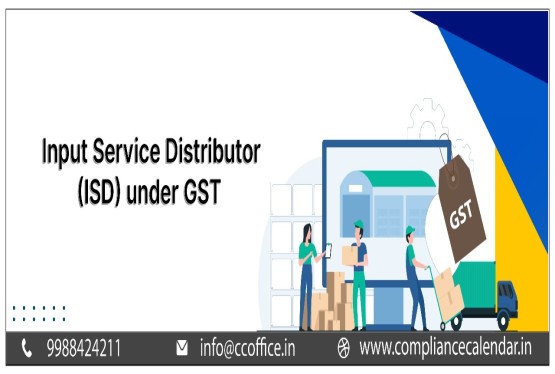








_learn_crop10_thumb.jpg)








_Filing_Due_Dates_for_FY_2024-25_learn_crop10_thumb.jpeg)
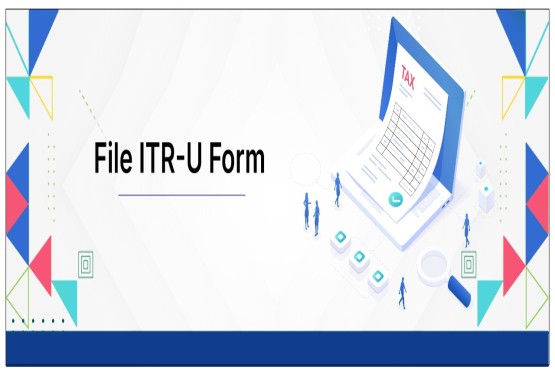

























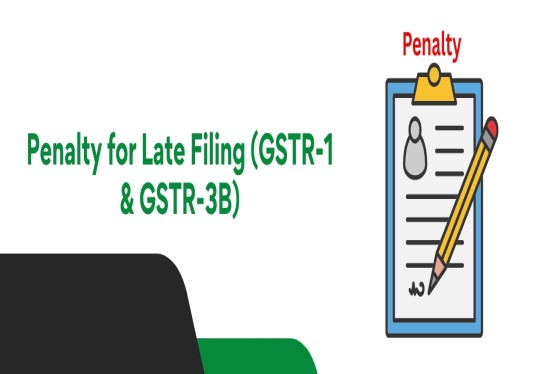












_of_GST_Act_learn_crop10_thumb.jpg)










_Under_GST_learn_crop10_thumb.jpg)









_crop10_thumb.jpg)


_crop10_thumb.jpg)






_learn_crop10_thumb.jpg)






















_of_the_Income_Tax_Act_learn_crop10_thumb.jpg)



_learn_crop10_thumb.jpg)






_learn_crop10_thumb.jpg)






_crop10_thumb.jpg)




















_in_The_Income_Tax_Act,_1961_learn_crop10_thumb.jpg)



_learn_crop10_thumb.jpg)



_of_the_Income_Tax_Act_learn_crop10_thumb.jpg)


_Of_Income_Tax_Act_learn_crop10_thumb.jpg)







_learn_crop10_thumb.jpg)








_learn_crop10_thumb.jpg)
_crop10_thumb.jpg)






















_learn_crop10_thumb.jpg)
_for_Import_and_Export_learn_crop10_thumb.jpg)











